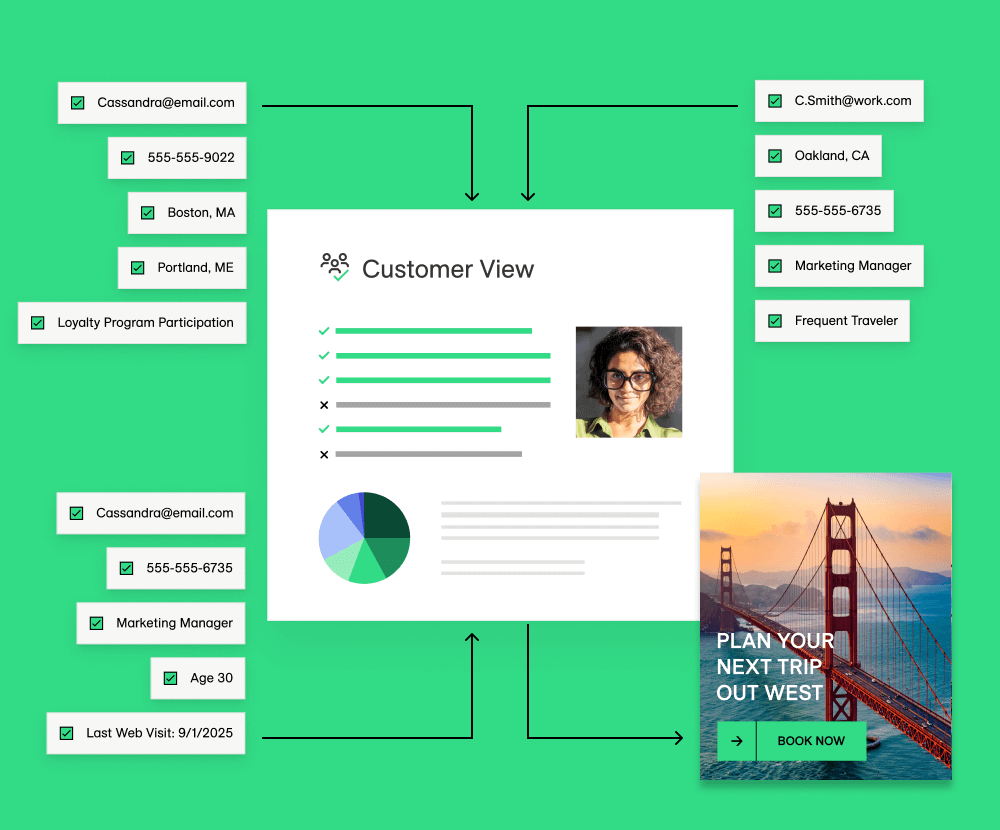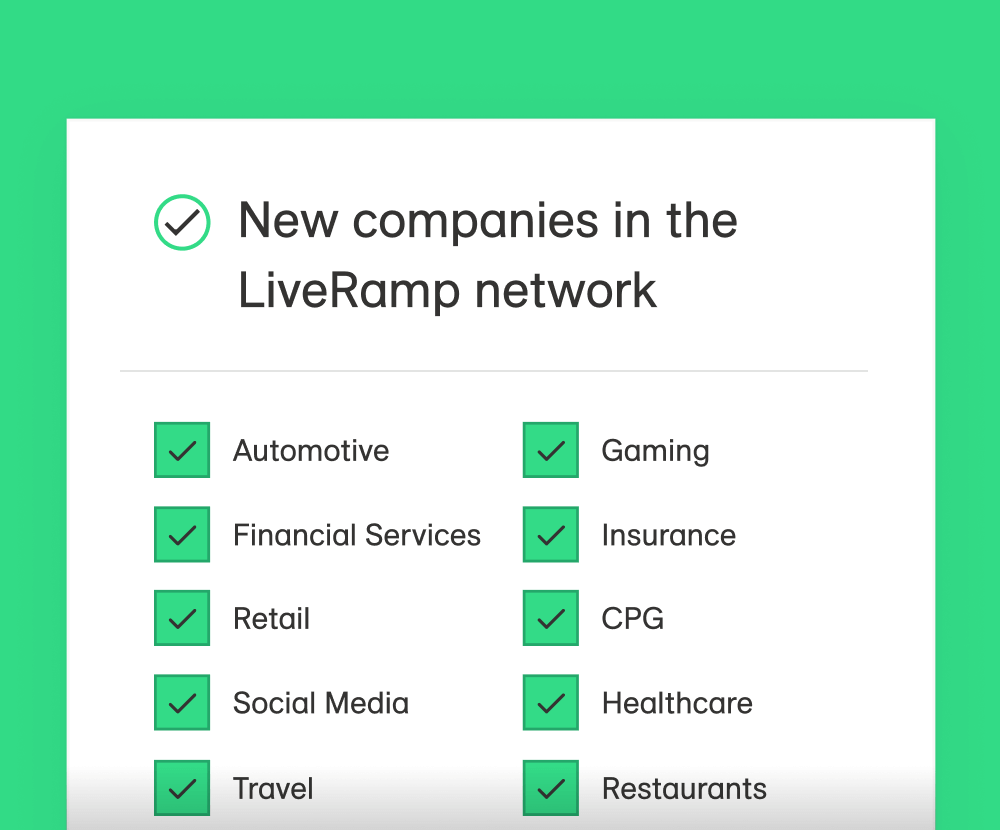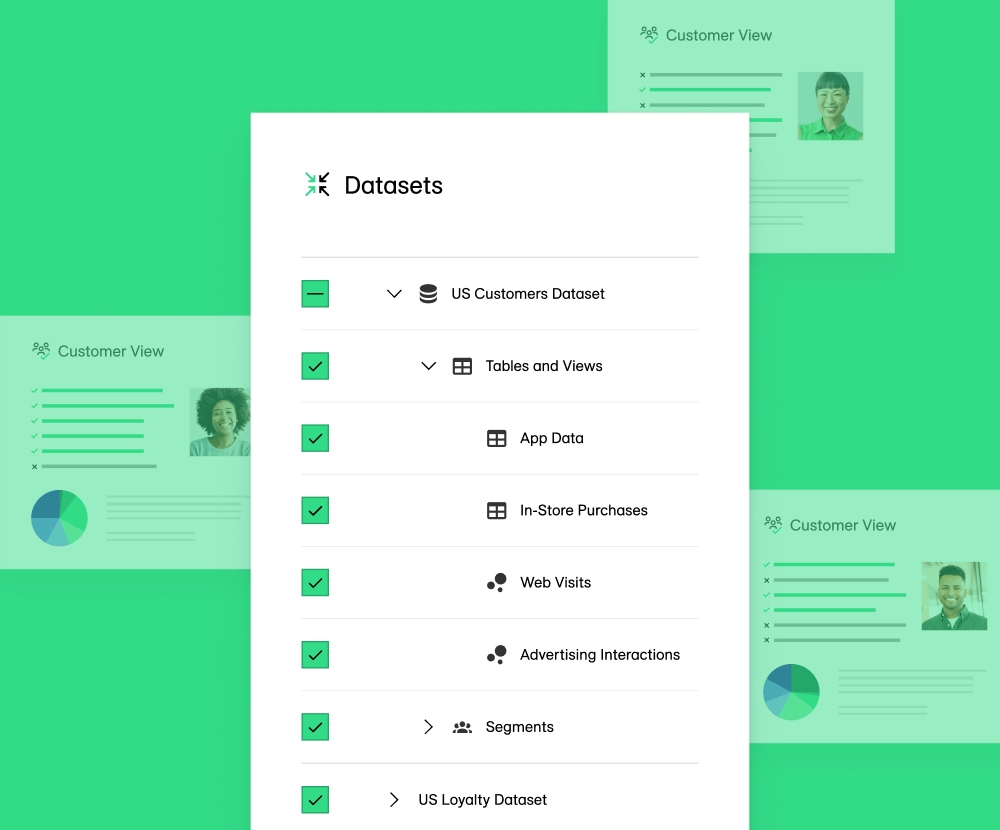Filters:
Clear AllFilter Label Tag
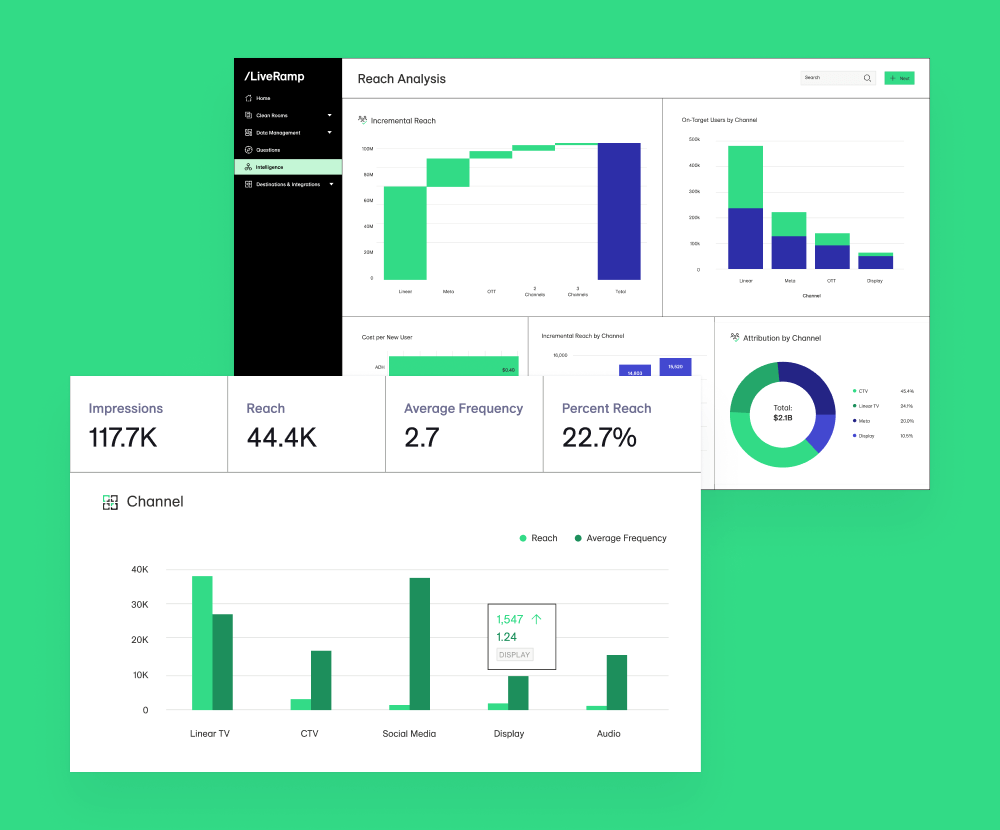
December 11, 2025
What is Audience Measurement? An Overview of Strategies
LiveRamp
Marketing Measurement
.jpg)
December 8, 2025
From Hackweek to High-Performance: How Real-Time Caching Cut Costs and Improved Speed
Akshat Shah
Engineering & Technology
.jpg)
December 4, 2025
Match-Ready Infrastructure: LiveRamp’s Winning Identity API for the FIFA Club World Cup
Varun Gujarathi & Martin Banson
Data Collaboration
Engineering & Technology

November 13, 2025
5 min read
Media Plans vs. Market Realities: Bridging the Auto Industry’s Most Expensive Gap
Sonam Katari
Clean Rooms
Data Collaboration
Identity
Marketing

November 3, 2025
3 min read
Accelerating the Future of AI with Standards and Governance
Travis Clinger
Artificial Intelligence
Consumer Data Privacy
Identity

October 29, 2025
4 min read
Healthcare’s Data Dilemma: Why CDPs Alone Can’t Deliver Marketing Outcomes
Veronica Luik
Clean Rooms
Data Collaboration
Marketing Measurement
Identity
Consumer Data Privacy
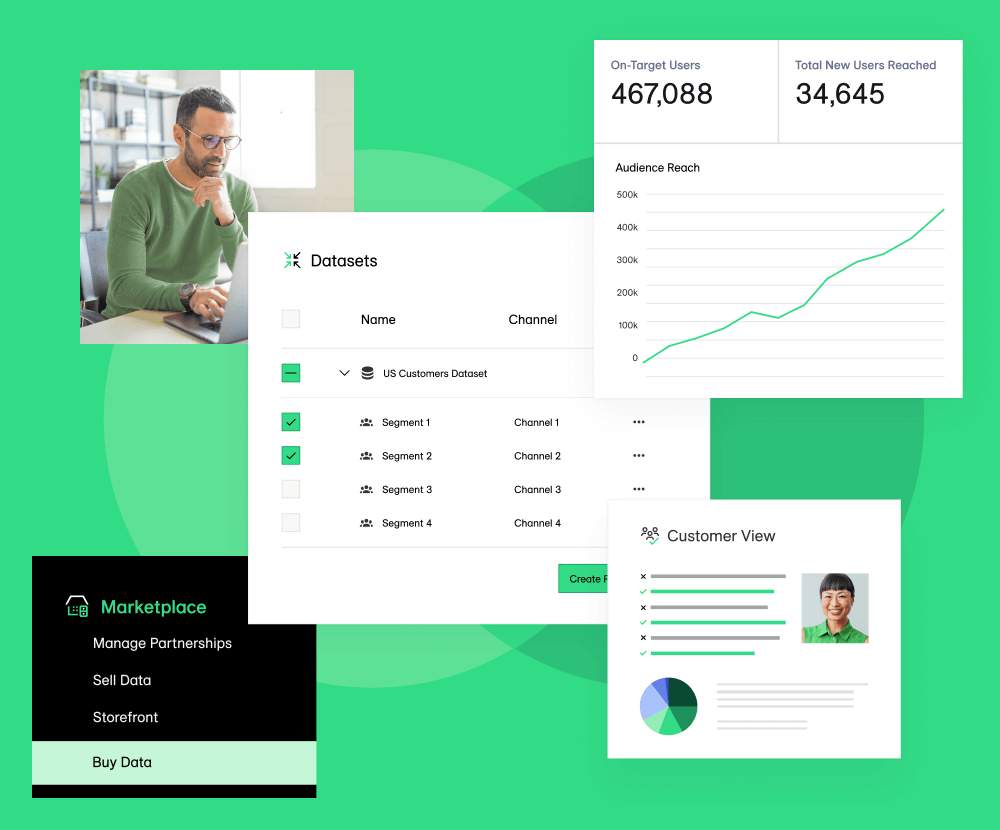
October 27, 2025
10 Identity Resolution Use Cases: Resolve, Build, Enrich, and Protect
No items found.

October 23, 2025
How LiveRamp Improved Clean Room Kubernetes Monitoring with Grafana Alloy and Fleet Management
Clean Rooms
Engineering & Technology
Thank you! Your submission has been received!
Oops! Something went wrong while submitting the form.
Subscribe for Updates
Stay up to date with the latest from LiveRamp.



